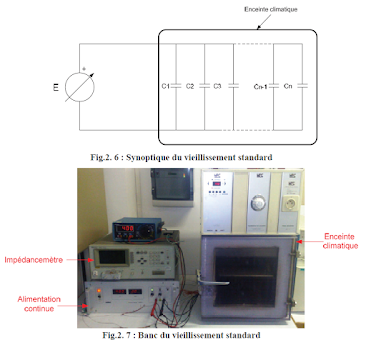High Frequency (MHz) Planar Transformers for Next Generation Switch Mode Power Supplies
by Ambatipudi, Radhika
Mid Sweden University, Faculty of Science, Technology and Media, Department of Electronics Design.(Power Electronics) 2013 (English) Doctoral thesis
ABSTRACT
Increasing the power density of power electronic converters while reducing or maintaining the same cost, offers a higher potential to meet the current trend in relation to various power electronic applications. High power density converters can be achieved by increasing the switching frequency, due to which the bulkiest parts, such as transformer, inductors and the capacitor's size in the converter circuit can be drastically reduced. In this regard, highly integrated planar magnetics are considered as an effective approach compared to the conventional wire wound transformers in modern switch mode power supplies (SMPS). However, as the operating frequency of the transformers increase from several hundred kHz to MHz, numerous problems arise such as skin and proximity effects due to the induced eddy currents in the windings, leakage inductance and unbalanced magnetic flux distribution. In addition to this, the core losses which are functional dependent on frequency gets elevated as the operating frequency increases. Therefore, this thesis provides an insight towards the problems related to the high frequency magnetics and proposes a solution with regards to different aspects in relation to designing high power density, energy efficient transformers.
The first part of the thesis concentrates on the investigation of high power density and highly energy efficient coreless printed circuit board (PCB) step-down transformers useful for stringent height DC-DC converter applications, where the core losses are being completely eliminated. These transformers also maintain the advantages offered by existing core based transformers such as, high coupling coefficient, sufficient input impedance, high energy efficiency and wide frequency bandwidth with the assistance of a resonant technique. In this regard, several coreless PCB step down transformers of different turn’s ratio for power transfer applications have been designed and evaluated. The designed multilayered coreless PCB transformers for telecom and PoE applications of 8, 15 and 30W show that the volume reduction of approximately 40 - 90% is possible when compared to its existing core based counterparts while maintaining the energy efficiency of the transformers in the range of 90 - 97%. The estimation of EMI emissions from the designed transformers for the given power transfer application proves that the amount of radiated EMI from a multilayered transformer is less than that of the two layered transformer because of the decreased radius for the same amount of inductance.
The design guidelines for the multilayered coreless PCB step-down transformer for the given power transfer application has been proposed. The designed transformer of 10mm radius has been characterized up to the power level of 50W and possesses a record power density of 107W/cm3 with a peak energy efficiency of 96%. In addition to this, the design guidelines of the signal transformer for driving the high side MOSFET in double ended converter topologies have been proposed. The measured power consumption of the high side gate drive circuit together with the designed signal transformer is 0.37W. Both these signal and power transformers have been successfully implemented in a resonant converter topology in the switching frequency range of 2.4 – 2.75MHz for the maximum load power of 34.5W resulting in the peak energy efficiency of converter as 86.5%.
This thesis also investigates the indirect effect of the dielectric laminate on the magnetic field intensity and current density distribution in the planar power transformers with the assistance of finite element analysis (FEA). The significance of the high frequency dielectric laminate compared to FR-4 laminate in terms of energy efficiency of planar power transformers in MHz frequency region is also explored.
The investigations were also conducted on different winding strategies such as conventional solid winding and the parallel winding strategies, which play an important role in the design and development of a high frequency transformer and suggested a better choice in the case of transformers operating in the MHz frequency region.
In the second part of the thesis, a novel planar power transformer with hybrid core structure has been designed and evaluated in the MHz frequency region. The design guidelines of the energy efficient high frequency planar power transformer for the given power transfer application have been proposed. The designed core based planar transformer has been characterized up to the power level of 50W and possess a power density of 47W/cm3 with maximum energy efficiency of 97%. This transformer has been evaluated successfully in the resonant converter topology within the switching frequency range of 3 – 4.5MHz. The peak energy efficiency of the converter is reported to be 92% and the converter has been tested for the maximum power level of 45W, which is suitable for consumer applications such as laptop adapters. In addition to this, a record power density transformer has been designed with a custom made pot core and has been characterized in the frequency range of 1 - 10MHz. The power density of this custom core transformer operating at 6.78MHz frequency is 67W/cm3 and with the peak energy efficiency of 98%.
LINK ORIGINAL NA WEB:
https://www.diva-portal.org/smash/get/diva2:665725/FULLTEXT01.pdf






















































 JOSIL ARTISTA PLASTICO FORTALEZA CEARA BRASIL AV.HERACLITO GRAÇA 41 TEL(85)32542378
JOSIL ARTISTA PLASTICO FORTALEZA CEARA BRASIL AV.HERACLITO GRAÇA 41 TEL(85)32542378















